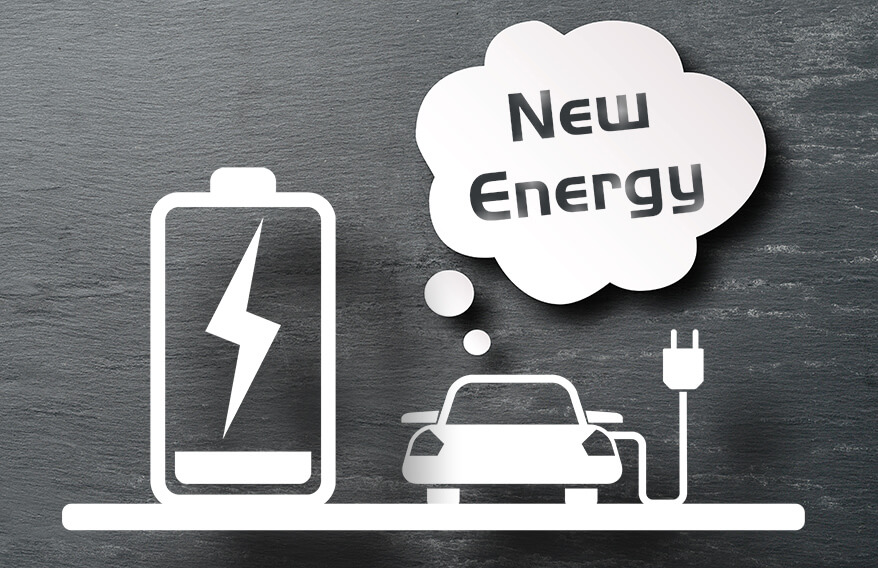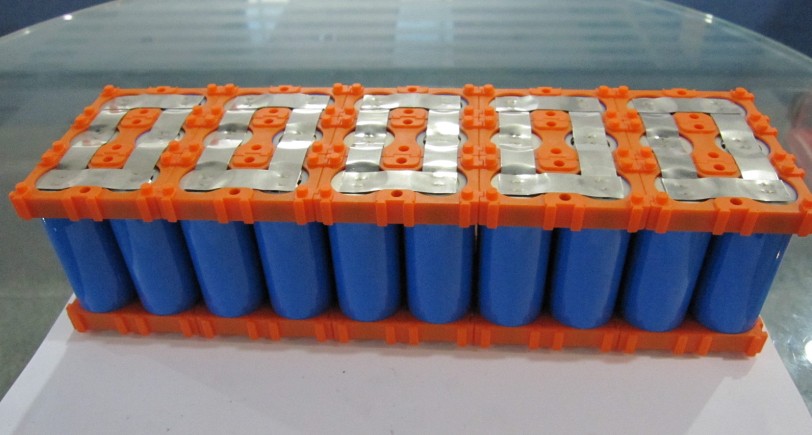Can I Ship Lithium Ion Batteries?
May 16, 2019 Pageview:1278
The batteries of our smartphones are possibly the most important element because without a battery the mobile phone does not work. In addition, it is the element that has evolved more slowly over the years, and time has not lacked. The fact is that today, lithium batteries are responsible for feeding our phones.
So now it's time to know how they are inside and who are the most responsible for making them. First of all, as we mentioned above, there are two types of lithium batteries in our smartphones: lithium-ion batteries and lithium-polymer batteries. While they have many similarities, they also have their differences and reasons why a manufacturer can choose one or the other.
The main characteristic of lithium-ion batteries is the use of lithium salts as a "bridge" between the positive pole (anode) and the negative pole (cathode) to allow the passage of energy that will give life to our device. In the case of lithium polymer batteries, the difference is that the lithium salt is contained in a polymer, or gel, to keep it safe from spills.
Being completely sealed and not having liquid compounds inside that can spill, can be handled with complete freedom.
The air cargo transportation companies will not accept or send the following shipments:
· Batteries removed from the market or defective, either independent or contained in a device.
· Lithium batteries removed from the market or defective contained in electronic equipment, such as laptops.
· Batteries spent or sent for recycling (except for the approval of the appropriate authority of the State of origin and the State of the operator).
According to the president of the ICAO council, this temporary ban will be maintained at least until 2018, which is expected to establish new regulations on the transport of this type of batteries.
lithium battery Shipping Regulations In 2019:
Here you can find more details and guides on how to prepare and pack shipments that contain lithium batteries.
Shipping And Packing Guides For Lithium Batteries Of Section II Of IATA:
All packages containing lithium batteries are classified as Class 9 - Various dangerous goods.
Shipments of lithium metal batteries packed with lithium metal equipment and batteries included in equipment must be packed in accordance with the packing requirements of Section II of the IATA provided that the content of the metal or the alloy of a battery does not exceed 1 gram, and the added lithium does not exceed 2 grams per pile.
Lithium-ion batteries and batteries that meet the requirements of Section II must meet the general requirements of the packaging instructions. For lithium ion or polymer batteries, the watt-hour rate shall not exceed 20 Wh (watts per hour) and 100 Wh per battery.
Each own shipping name defined in Section II of the IATA may have additional requirements related to approved outer packaging types, weight limits, and 1.20-meter package drop tests.
FedEx Trade Networks Lithium Batteries And Cells-Complete Shipping Guide:
Lithium batteries are completely keeping pace goods when they are ready in accordance with the legislation of Section IA of IATA. These goods must be correctly identified, classified, packed, marked and labeled. In addition, the package must include the declaration of dangerous goods of the consignee signed and completed by a duly trained consignee.
To meet the shipping requirements of Section II of the IATA, shipments containing batteries and lithium batteries must comply with specific packaging guidelines.
· Make sure that the lithium batteries are individually packed in a wholly enclosed inner packaging to protect each battery, for example, with a blister or cardboard package.
· Ensure that the packaging has been tested (tested) to meet the requirements of each test in the UN Test and Criteria Manual, Part III, subsection 38.3.
· Make sure that the lithium batteries are completely insulated (inside the equipment or surrounded by plastic without empty spaces to avoid displacements), except when the proper shipping name ends with "included in the equipment."
· Place the contents in a strong outer container.
· Include the correct documentation and labeling.
So if you want to ship these batteries, it is a must that you follow all the guideline only then you can ship them.
Why Ship Lithium Batteries:
1.Lighter: They can weigh up to 3 or 4 times less. In fact, even its size is much smaller in spite of delivering greater power. But so that it is not too small and wobbles in the groove of the bikes, almost always come with plastic adapters that enlarge it considerably.
2.Higher Performance: They have an average cycle of 3,000 uploads and downloads. Which is about 10 times more than traditional batteries? In addition, lithium has a much higher cold start power, which helps to turn on the bikes without problems at low temperatures.
3.Self-regulation System: A large part of the models has a self-regulation system known as BMS (Battery Management System), which cuts off the flow of energy if the motorcycle has been stopped for a long time or if the lights were left on by accident so that they do not discharge to critical levels.
4.Increased Durability: Traditional batteries, if the bike will be left in the garage for a long time; they must be recharged and maintained every 2 or 4 weeks at least so that they are not completely discharged. On the contrary, regardless of whether or not they have the BMS system; Lithium batteries can spend months without being recharged as they hardly lose any charge. This, added to its extensive cycle of charges, makes it last for many more years.
5.High Level Of Safety: Although the latest lead-acid batteries are manufactured sealed, they all contain those toxic liquids that, in the event of any crack in the casing, can spill and put the integrity of your motorcycle and your health at risk. On the other hand, all lithium batteries are completely sealed, besides they do not have toxic compounds that can spill in case of breaking.
- Prev Article: How to charge lithium ion batteries?
- Next Article: Can You Solder Lithium Battery?
Leave Message
Hottest Categories
-
Hottest Industry News
-
Latest Industry News












